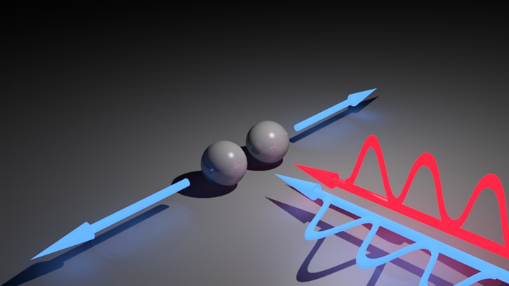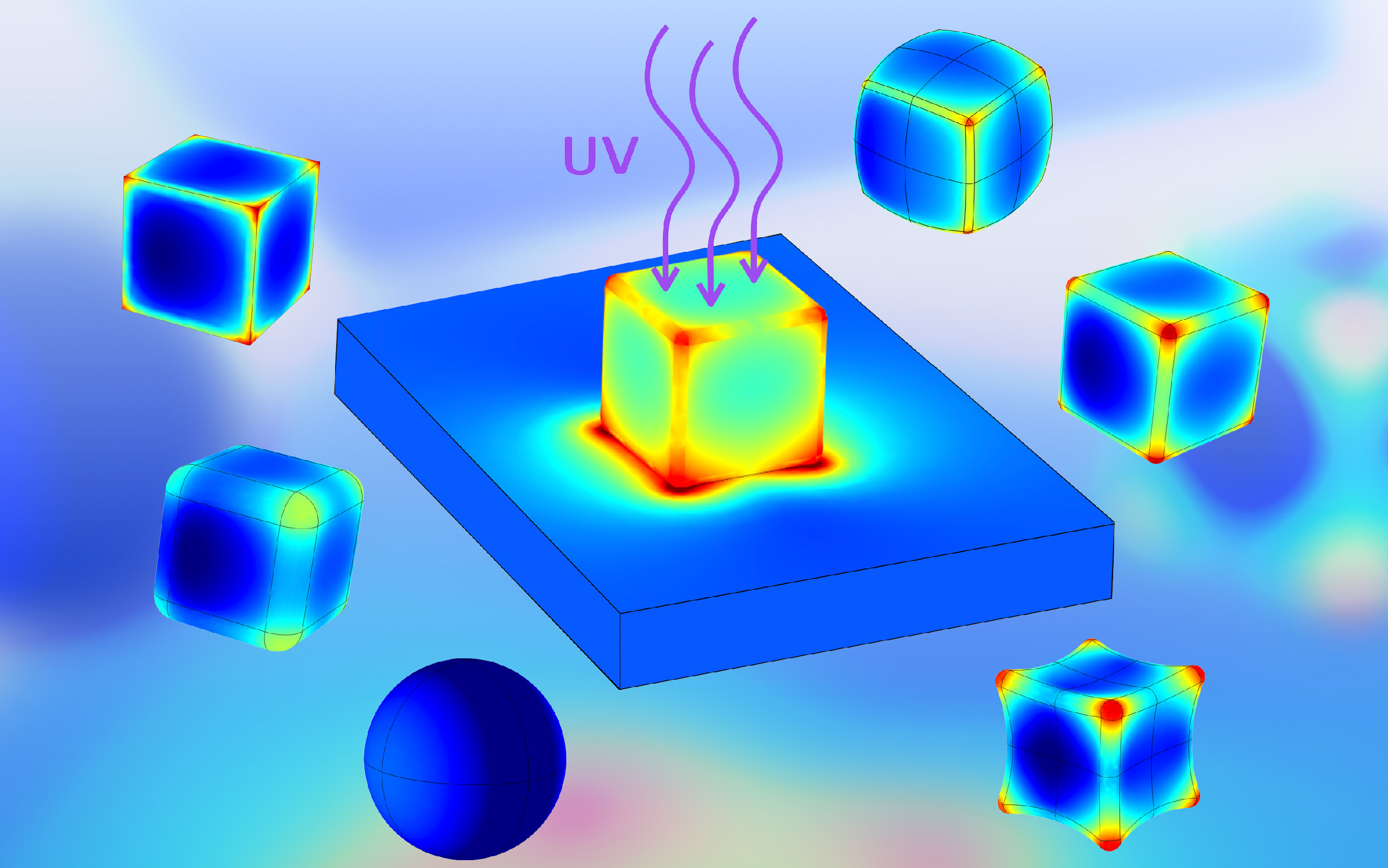
Specialized in the electromagnetic study of the light scattering by micro and nanostructures based on numerical and experimental modeling. Additionally, We focus our research in the fields of Color, Physiological Optics and materials with photoluminescent properties in collaboration with companies of these sectors.
High Refractive Index Dielectrics (HRID)
Alternative to Plasmonics

High Refractive Index dielectric (HRID) nanoparticles are an alternative to the metallic ones due to their low-losses are their directionality properties. It has been shown that small HRID spheres can be proposed as new multifunctional elements for building optical devices. By pursuing this idea, we introduce the possibility of using a HRID dimer as an elementary unit for building in-plane binary switching devices. HRID particles have been also proposed for energy harvesting applications. We demonstrate how, by using HRID dimers, it is possible to find two spectral regions where the incident radiation is preferentially scattered in the photosensitive substrate direction. These spectral regions correspond to the classical Zero-Backward condition and to a new “near Zero-Backward” condition which is a 180º “rotated” version of the single particle near Zero-Forward condition.
Imaging polarimetry for the study of optical properties of tumor cells

In recent years, imaging polarimetry has become a field of increasing activity because of its non-invasive nature and its potential to identify local properties in propagating media, something particularly important in the context of biomedical diagnosis. However, handling and understanding polarimetric images is not an easy task, and different intermediate steps have been proposed to introduce physical parameters that may be helpful in the way to interpreting results. We work on the study of the optical properties of cells. By measuring and decomposing the Mueller matrix we look for a way to use polarimetry as a tool to better understand characteristics and processes that happen in cells.
UV Plasmonics

Ultraviolet plasmonics (UV) has become an active topic of research due to the new challenges arising in fields such as biosensing, chemistry or spectroscopy. Recent studies have pointed out aluminum, gallium, magnesium and rhodium as promising candidates for plasmonics in the UV range. Aluminum and magnesium present a high oxidation tendency that has a critical effect in their plasmonic performance. Nevertheless, gallium and rhodium have drawn a lot of attention because of their low tendency of oxidation and, at the same time, good plasmonic response in the UV and excellent photocatalytic properties. We work on modelizing Rh and Ga nanostructures for plasmon assisted photocatalysis.